During the 2021-2025 period, Project 6 "Preserving and promoting fine traditional cultural values of ethnic minorities associated with tourism development" (under the National Target Program on socio -economic development in ethnic minority and mountainous areas for the 2021-2030 period) has created clear changes, contributing to strengthening the great national unity bloc, arousing pride and awareness of preserving traditional culture in the community.
That is the information shared by Mr. Trinh Ngoc Chung, Director of the Department of Culture of Vietnamese Ethnic Groups (Ministry of Culture, Sports and Tourism) at the Conference on Providing Information to the Press on Human Rights and Foreign Affairs Information, on October 23, in Hanoi.
Economic development through culture
According to Mr. Trinh Ngoc Chung, Project 6 has opened the right direction: “When culture is linked with tourism , we not only preserve heritage but also develop the economy from cultural values. On the contrary, tourism becomes the driving force to help culture become more vibrant in community life.”
The project consists of 19 component tasks, deployed synchronously nationwide, aiming at the following goals: Restoring, preserving and promoting traditional cultural identity; linking culture with sustainable tourism development; improving cultural enjoyment and spiritual life of people; contributing to the successful implementation of Resolution No. 88/2019/QH14 of the National Assembly and Resolution No. 12/NQ-CP of the Government.
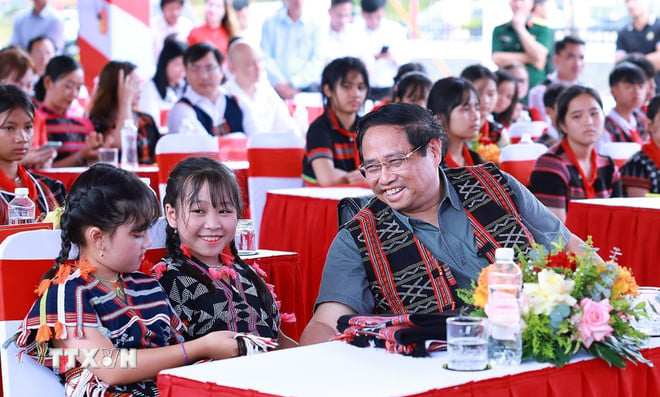
Prime Minister Pham Minh Chinh and ethnic minority students in Ahu village, Tay Giang commune (Da Nang). (Photo: Duong Giang/VNA)
Regarding the preservation and restoration of tangible and intangible cultural heritage, the organization of typical traditional festivals of ethnic minorities has been researched, restored and preserved; many festivals have been included in the National List of Intangible Cultural Heritage, contributing to the restoration of regional cultural identity. Among them, many festivals such as Gau Tao Festival (H'Mong), Gong Festival (Central Highlands), Then-Dan Tinh Festival (Tay, Nung, Thai) ... have become unique cultural and tourist highlights.
The implementation of Project 6 also creates conditions for building models of experiences, learning about unique cultures, "connected heritage" models associated with community tourism development, and models of building grassroots cultural life that are built and become tourism products of localities in tourism exploitation and development.
Localities have built or renovated them into cultural and sports centers, where cultural identity is preserved and the community is connected. Units under the Ministry and localities have opened many training courses, teaching intangible culture and community tourism skills, with more than 16,350 students, helping to improve the capacity to practice, preserve and exploit local cultural values.
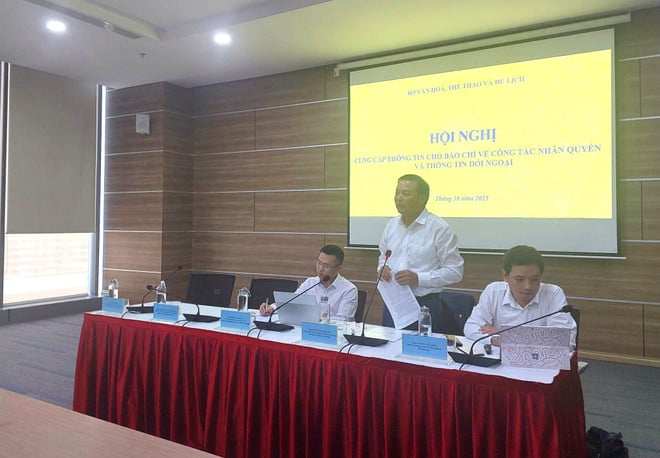
Mr. Trinh Ngoc Chung, Director of the Department of Culture of Vietnam's Ethnic Groups (Ministry of Culture, Sports and Tourism) shared at the Conference on Providing Information to the Press on Human Rights and Foreign Affairs Information. (Photo: Minh Thu/Vietnam+)
Typical tourist destinations in ethnic minority areas have been renovated and upgraded with infrastructure and tourism products, many of which have formed sustainable community tourism models, combining traditional cultural preservation with livelihood development.
According to Mr. Trinh Ngoc Chung, the above results significantly contributed to increasing the rate of 93.8% of villages having community houses, 66.1% of villages having traditional cultural and artistic teams operating regularly, exceeding the targets set by the National Assembly Resolution (80% and 50%).
Mr. Trinh Ngoc Chung affirmed that the work of preserving and promoting traditional culture of ethnic minorities in the 2021-2025 period has created positive and clear changes in many aspects.
“Project 6 contributes to strengthening national unity, enhancing pride and awareness of preserving traditional culture in the community; improving cultural enjoyment and developing sustainable community tourism, linking culture with livelihoods, helping many households escape poverty; arousing the creativity of ethnic artisans, teaching the younger generation, forming a successor force in cultural preservation work,” Mr. Chung stated.
Long-term direction for the locality
At the conference summarizing 5 years of implementing Project 6 "Preserving and promoting fine traditional cultural values of ethnic minorities associated with tourism development", recently organized by the Ministry of Culture, Sports and Tourism in coordination with the People's Committee of Lam Dong province, Deputy Minister of Culture, Sports and Tourism Trinh Thi Thuy emphasized that this is one of the key contents of the National Target Program on socio-economic development of ethnic minority and mountainous areas in the period 2021-2025.
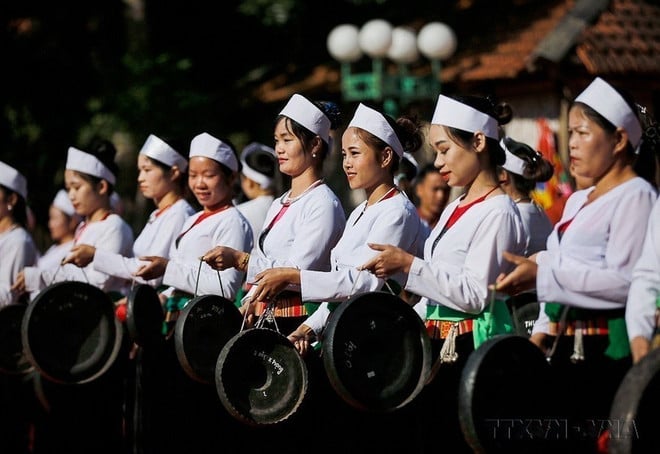
Muong women in Hoa Binh preserve the unique beauty of their traditional costumes. (Photo: Trong Dat/VNA)
According to Deputy Minister Trinh Thi Thuy, Project 6 has been allocated a total capital of more than VND 3,160 billion, including construction investment capital of VND 1,806 billion and career capital of VND 1,354 billion. After 5 years of implementation, the basic goals and targets of the program have been completed, bringing about many positive changes in the economy, society and culture.
Deputy Minister Trinh Thi Thuy emphasized: “Project 6 does not only stop at preserving and maintaining cultural values, but has gradually transformed heritage into economic driving force, helping to create livelihoods, increase income and improve the quality of life for people in ethnic minority areas.”
According to Ms. Thuy, culture is the "source" for sustainable development, and when connected with tourism, it not only enriches regional identity but also opens up a long-term direction for local economic development.
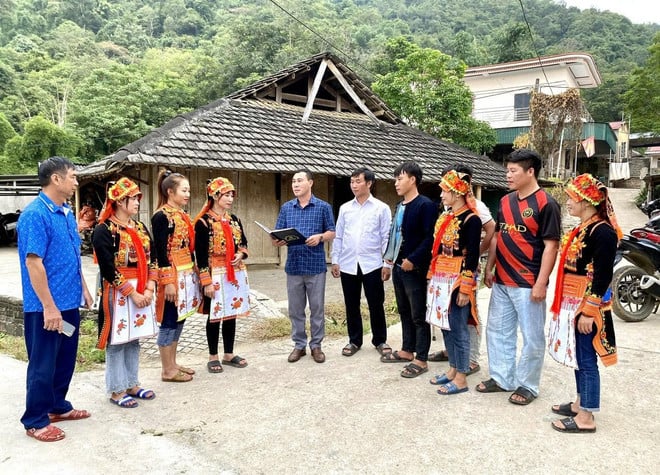
Lai Chau province always focuses on propagating and mobilizing people of all ethnic groups in the province to eliminate bad customs and build a civilized lifestyle. (Photo: VNA)
According to the new orientation, Project 6 will be restructured with 14 task groups, divided into two main directions: investment and construction (preservation of traditional cultural villages, restoration of relics, formation of typical tourist destinations) and support (teaching of intangible culture, promoting festivals associated with tourism, organizing festivals, promoting heritage). The total funding requirement for this phase is estimated at about 5,327 billion VND.
The goal is to further transform traditional cultural values into unique tourism products with regional identities, both creating stable livelihoods for people and contributing to building the national tourism brand.
“Preserving heritage is not to keep it in the past, but to let it live in the present. Each revived cultural village and hamlet, each restored festival is an opportunity for the community to develop its economy, so that culture becomes an endogenous resource to nurture the future,” Deputy Minister Trinh Thi Thuy affirmed./.
This year's "Great National Unity - Vietnamese Cultural Heritage" Week will take place from November 21 to 23 at the Vietnam National Village for Ethnic Culture and Tourism (Doai Phuong, Hanoi).
The week includes a variety of activities: Opening ceremony of the week and the 2nd Muong Ethnic Culture Festival; scientific workshop "Preserving and promoting traditional cultural values associated with tourism development"; National Great Unity Day... along with a series of exchange activities, performances and introductions of cultural colors of Vietnamese ethnic groups.
The highlight is the Program to promote and introduce Vietnamese culture to international friends, designed with three main contents: Introducing unique cultural activities of ethnic groups; inviting international guests to directly experience the cultural space in ethnic villages and enjoy regional cuisine. Folk art performances such as Quan Ho, Xam, Hat Van - intangible cultural heritages recognized by UNESCO will be performed by the artists themselves... bringing a lively and authentic experience. The rich culinary space, imbued with regional identity, helps international friends better understand the depth of Vietnamese culture through food, customs and the intimacy in communication of Vietnamese people.
The program is expected to welcome about 250-300 international guests including representatives of embassies, diplomatic agencies, international organizations and foreign cultural centers in Hanoi.
(Vietnam+)
Source: https://www.vietnamplus.vn/phat-trien-kinh-te-dia-phuong-nho-bien-van-hoa-dan-toc-thanh-san-pham-du-lich-post1072218.vnp


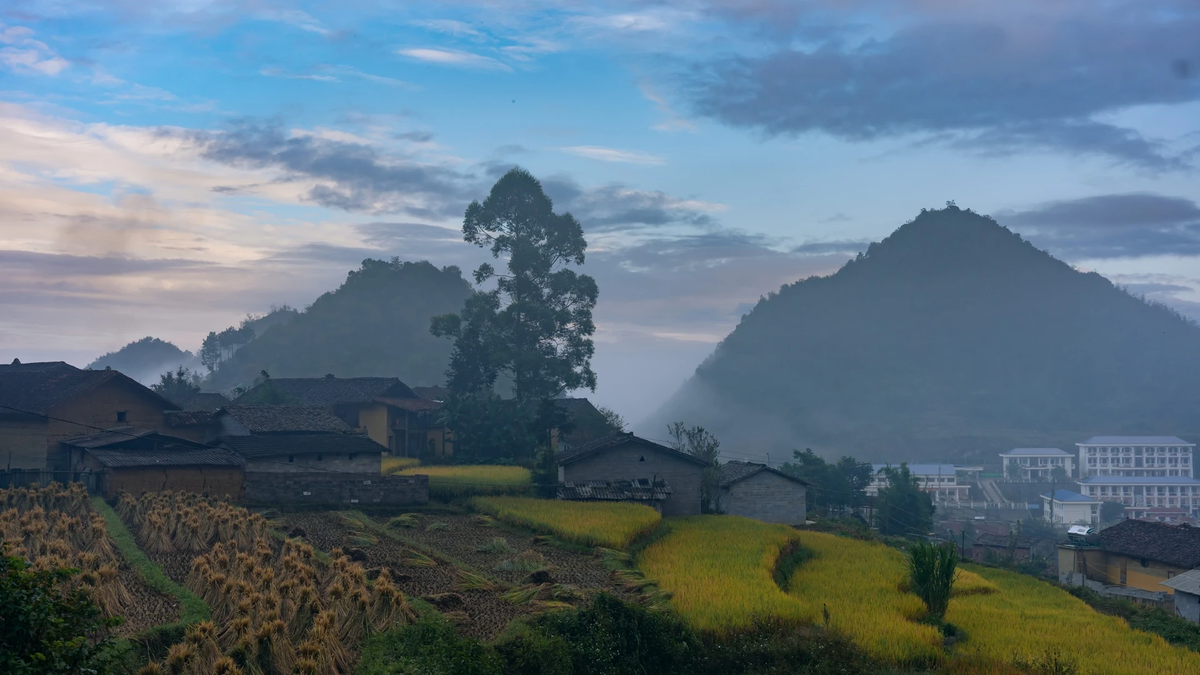


![[Photo] President Luong Cuong holds talks with South African President Matamela Cyril Ramaphosa](https://vphoto.vietnam.vn/thumb/1200x675/vietnam/resource/IMAGE/2025/10/23/1761221878741_ndo_br_1-8416-jpg.webp)
![[Photo] Prime Minister Pham Minh Chinh meets with South African President Matamela Cyril Ramaphosa](https://vphoto.vietnam.vn/thumb/1200x675/vietnam/resource/IMAGE/2025/10/23/1761226081024_dsc-9845-jpg.webp)
![[Photo] Prime Minister Pham Minh Chinh chairs meeting on railway projects](https://vphoto.vietnam.vn/thumb/1200x675/vietnam/resource/IMAGE/2025/10/23/1761206277171_dsc-9703-jpg.webp)
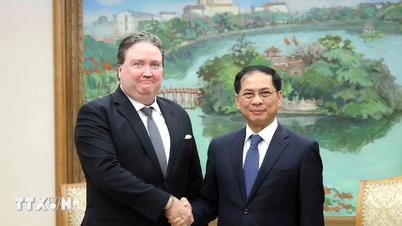
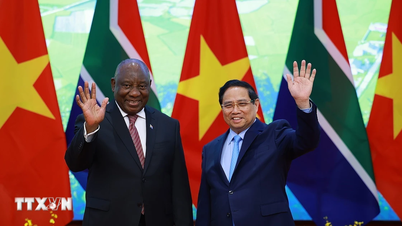

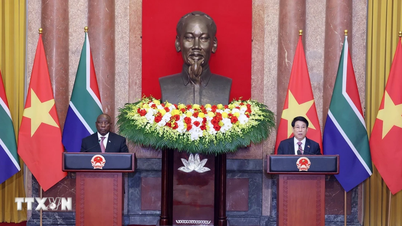
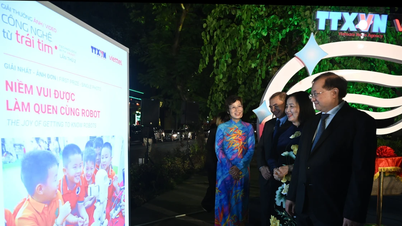
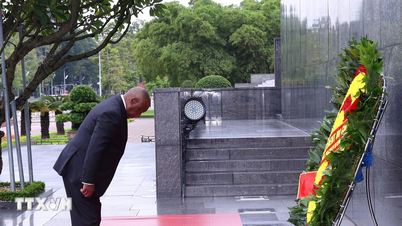
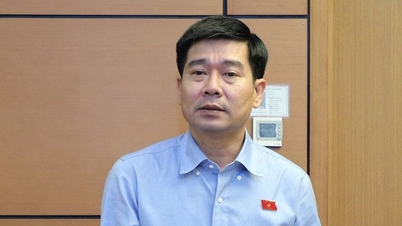

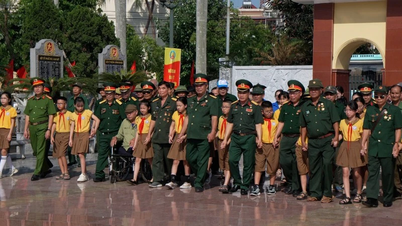

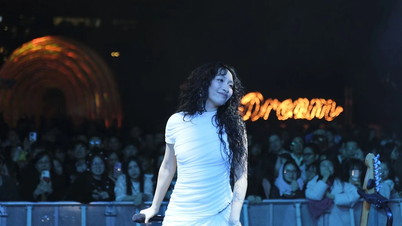
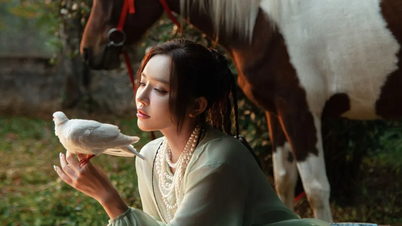

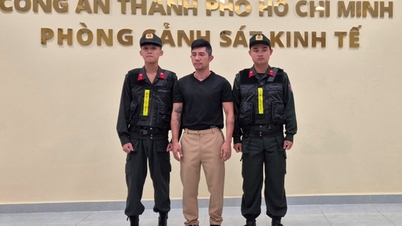

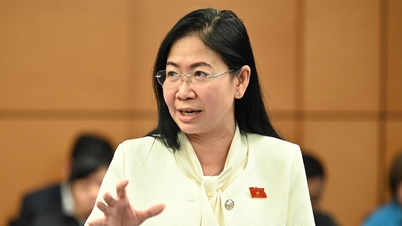




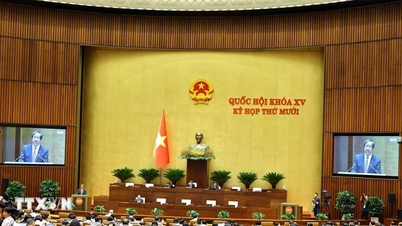
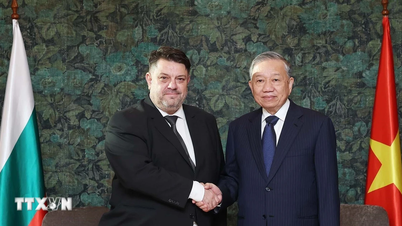

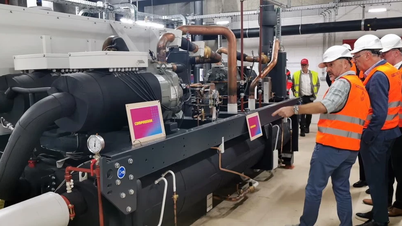
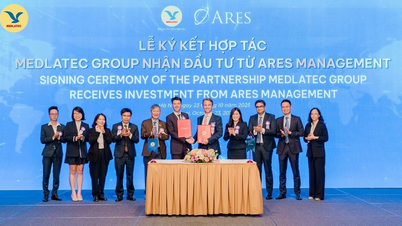
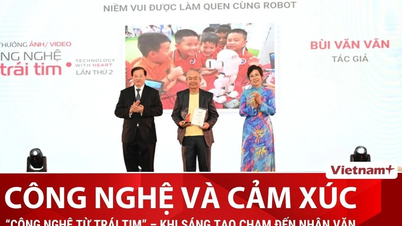











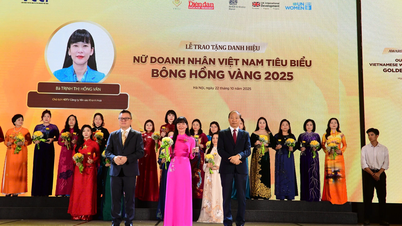

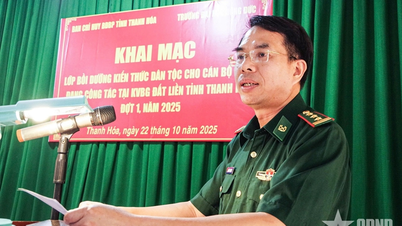



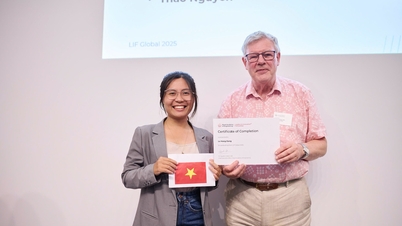



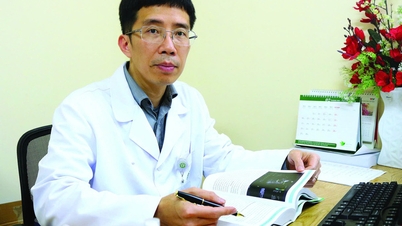

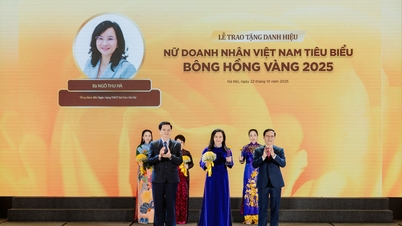

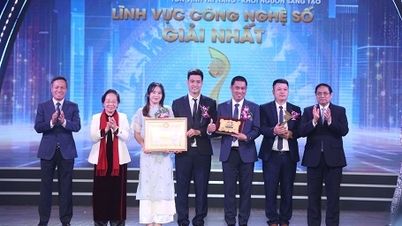
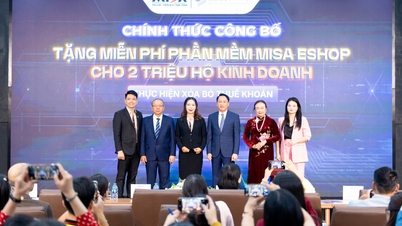

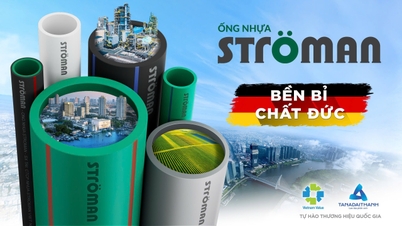
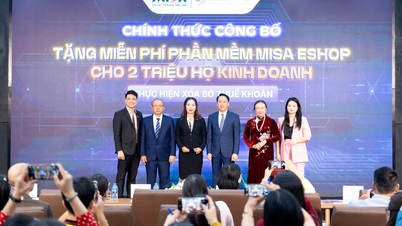







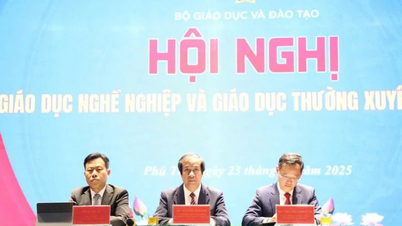
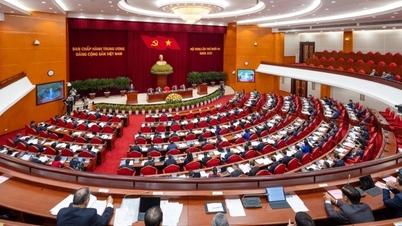
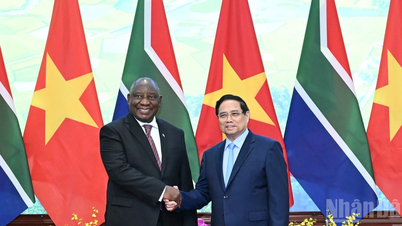
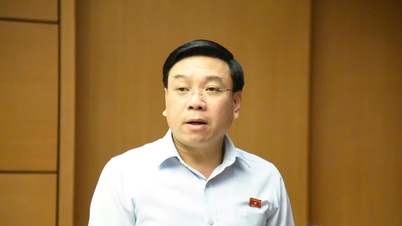

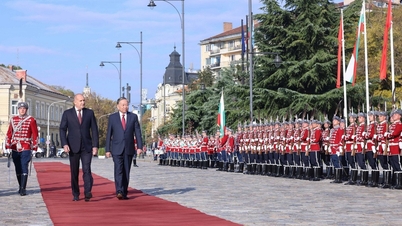

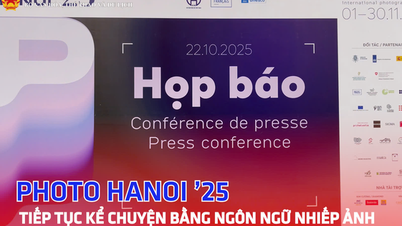

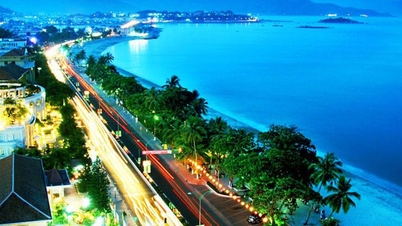
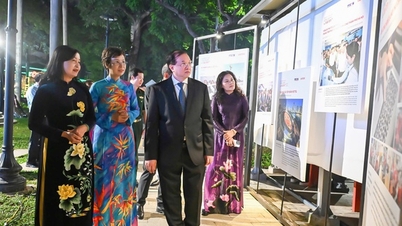
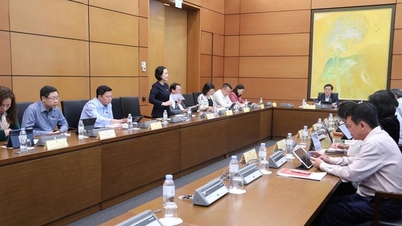
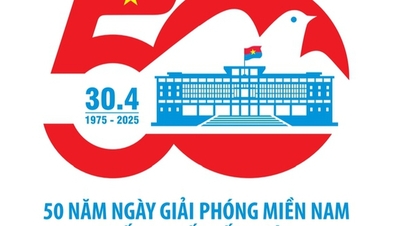
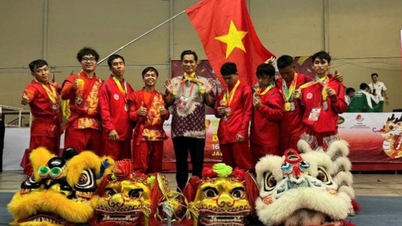
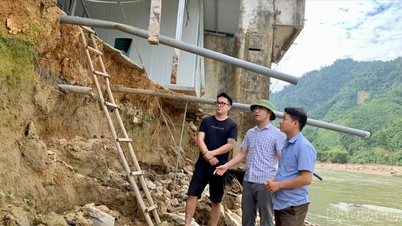

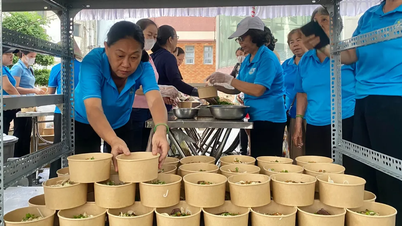
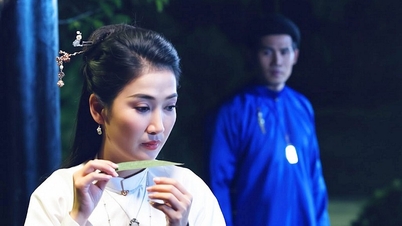

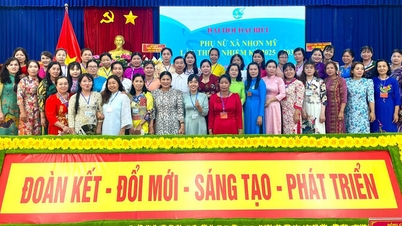


















Comment (0)